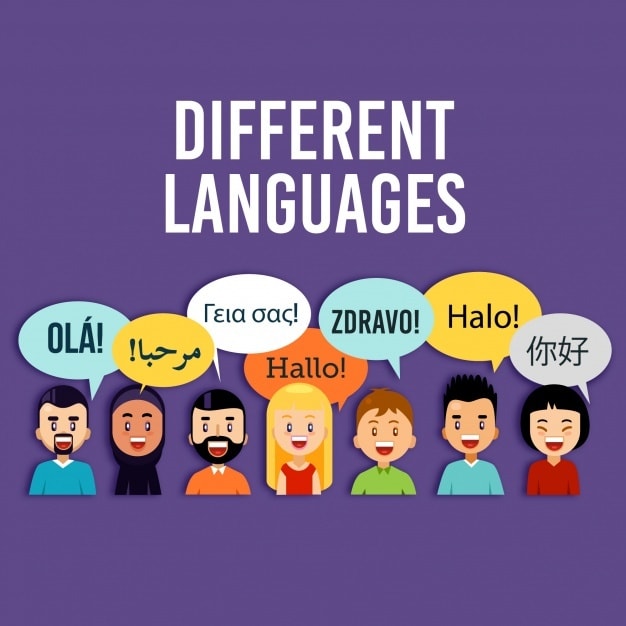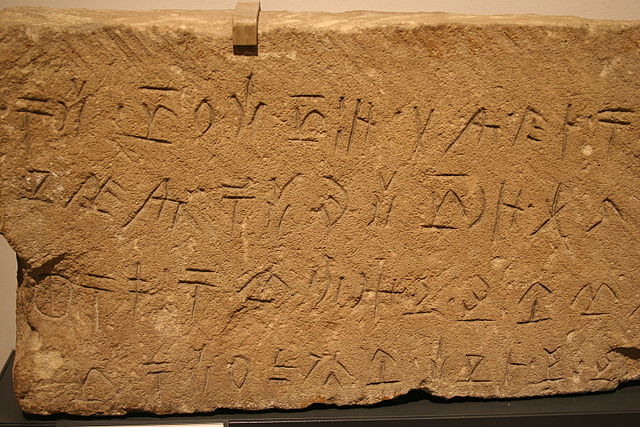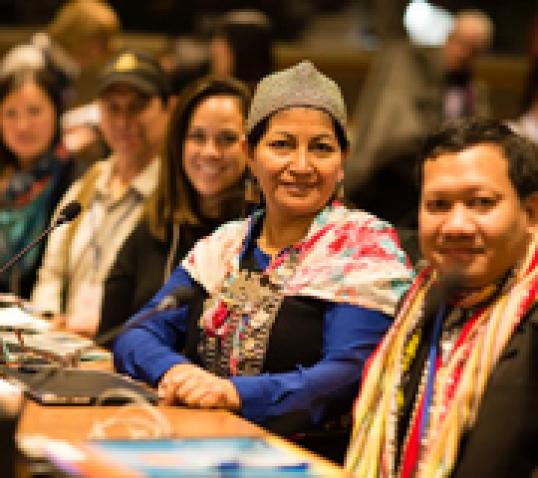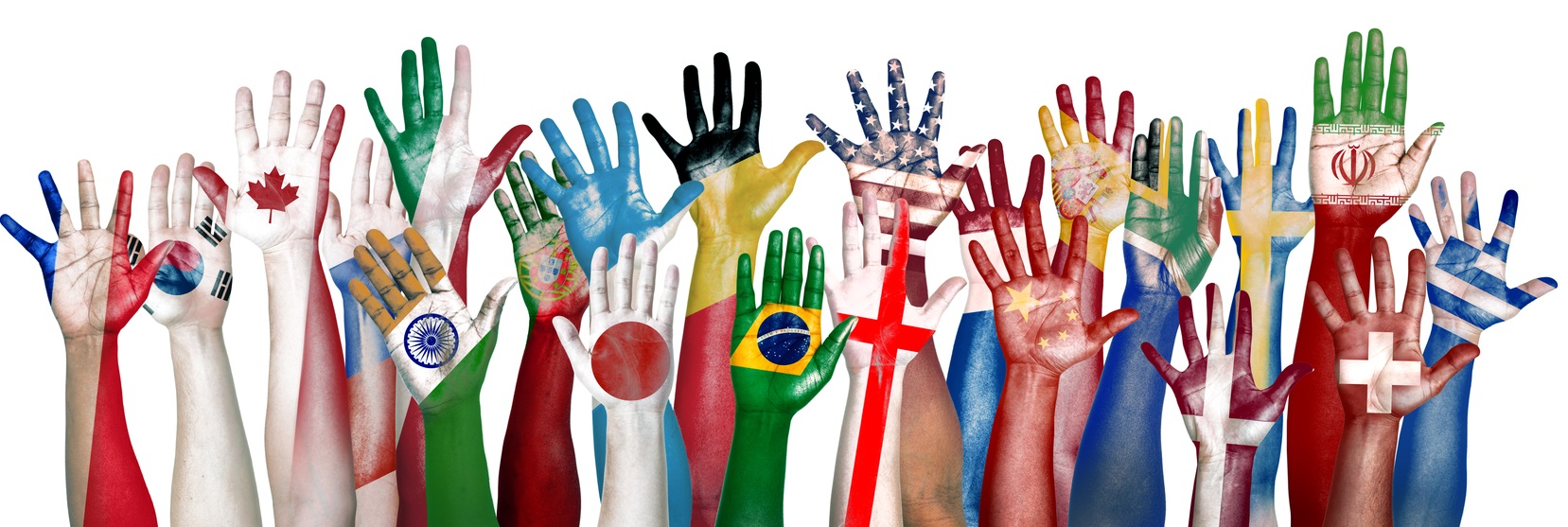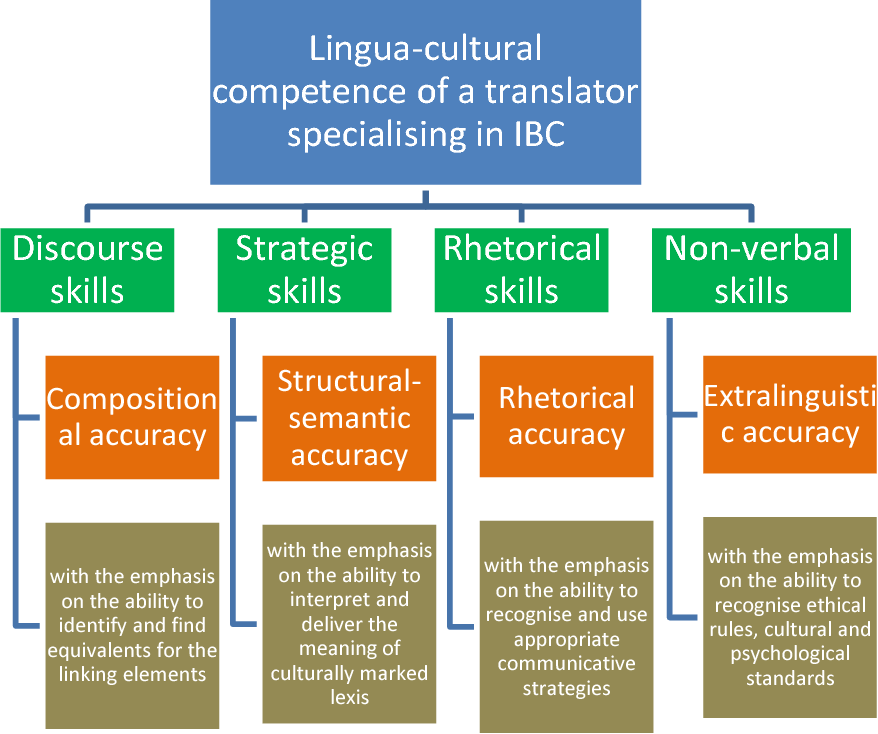Body language plays a critical role in communication, often conveying more meaning than verbal expressions alone. In the context of cross-cultural interactions, it is essential to understand the nuances of gestures, facial expressions, and personal space. Different cultures interpret body language in various ways, which can result in misunderstandings if not approached with care. This …
Languages serve as more than mere tools for communication; they embody culture, history, and identity. However, many languages have become silent over time, resulting in a complex landscape of dead languages that face the risk of being forgotten permanently. This article examines the concept of dead languages, the factors contributing to their extinction, and the …
Globalization is a significant force influencing cultures and societies across the globe; however, its effects on indigenous cultures, including cultural homogenization and language loss, can be profound and often detrimental. This examination underscores the challenges encountered by indigenous writing systems, including language loss, linguistic imperialism, and the encroachment of dominant writing systems. Efforts are underway …
Tonal languages present a distinct set of challenges that can pose significant difficulties for new learners. These languages depend heavily on pitch and tone to convey meaning, which often results in confusion surrounding similar sounds and tonal shifts in various contexts. This article examines the reasons why mastering tonal languages can be particularly challenging, highlights …
Language serves as a vital reflection of culture, history, and identity, encompassing aspects of cultural heritage and linguistic diversity. However, thousands of languages worldwide, including many indigenous languages, are at risk of extinction. It is essential to comprehend the concept of endangered languages, which play a crucial role in language preservation, and their significance in …
Sign language is a rich and dynamic form of communication that transcends spoken language, allowing millions of individuals to connect and express themselves in a distinctive manner through non-verbal communication and gestures. Originating from diverse cultural backgrounds and historical contexts, sign language has undergone significant evolution over time, resulting in various sign language systems and …
Language serves as more than a mere tool for communication; it fundamentally shapes our cognition, influences our perception of the world, and governs our interactions with others through various linguistic structures and semiotic systems. This exploration delves into the intricate relationship between language and culture, examining concepts such as linguistic relativity, also known as the …
Whistling languages, which are fascinating forms of communication developed within various cultures, exemplify the ingenuity of human expression and the role of sound symbolism in language. This article delves into their rich history, examining the emergence of these unique languages, their geographical significance, and the factors contributing to their decline over time, which is a …
Translation serves as a crucial conduit connecting ancient and modern cultures, facilitating the exploration of the richness of historical texts and their relevance in contemporary society. This dynamic process involves semantic interpretation and highlights the importance of cultural identity in maintaining linguistic diversity. This article examines the evolution of translation, the challenges encountered when interpreting …
Multilingual societies represent dynamic tapestries composed of various languages and cultures, thereby enhancing both individual lives and collective experiences through linguistic diversity and multiculturalism. This article aims to explore the significance of multilingualism, analyzing its advantages for individuals, linguistic minorities, and societies as a whole. By conducting a comprehensive examination of Switzerland and India—two countries …

